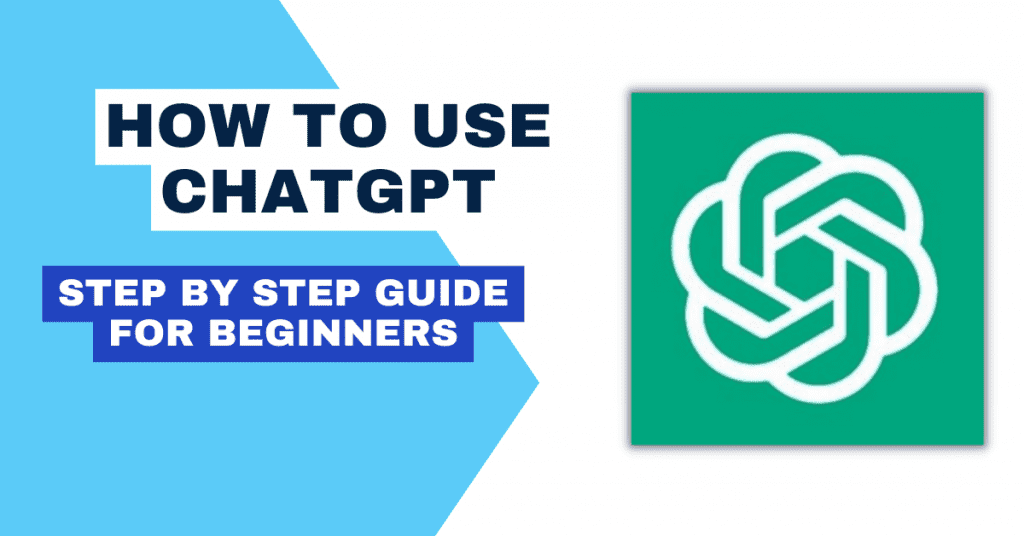

How to Use chatGPT: A Step-by-Step Guide
ChatGPT is a powerful natural language processing model developed by OpenAI that can understand and respond to natural language input. It is based on the GPT (Generative Pre-trained Transformer) architecture and is designed to generate human-like text, specifically for conversational AI applications. In this article, we will take a step-by-step look at how to use chatGPT, including how to fine-tune it to your specific task.
Step 1: Gather Data
The first step in using chatGPT is to gather data that you will use to fine-tune the model. This data should be specific to your task and should include examples of the type of input and output you expect the model to generate. For example, if you are building a chatbot for customer service, you should include examples of customer inquiries and the appropriate responses.
Step 2: Fine-Tune the Model
Once you have gathered your data, you can fine-tune the chatGPT model to your specific task. This process involves training the model on your data, which allows it to learn the specific language and style you want it to generate. You can use the OpenAI API or fine-tune it using frameworks like Hugging Face’s transformers.
Step 3: Test the Model
After fine-tuning the model, it’s crucial to test it to ensure it’s performing correctly. You can test the model by giving it input similar to what it will encounter in production, and evaluate the outputs. The more testing you do, the more confident you can be in the model’s ability to generate accurate and relevant responses.
Step 4: Integrate the Model into Your Application
After you have fine-tuned and tested the model, you can integrate it into your application. The way you do this will depend on the application and the programming language you are using. You can use the OpenAI API or Hugging Face’s transformers to integrate it into your application.
Step 5: Monitor and Improve the Model
Once you have integrated the model into your application, you should monitor its performance to ensure it is providing accurate and relevant responses. You can use metrics such as accuracy and user satisfaction to evaluate the model’s performance. If you find that the model is not performing as well as you would like, you can go back to step 2 and fine-tune it further.
Conclusion
ChatGPT is a powerful natural language processing model that can understand and respond to natural language input. To use chatGPT, you will need to gather data, fine-tune the model to your specific task, test the model, integrate it into your application, and monitor its performance. By following these steps, you can use chatGPT to create conversational AI applications that are highly accurate and relevant.